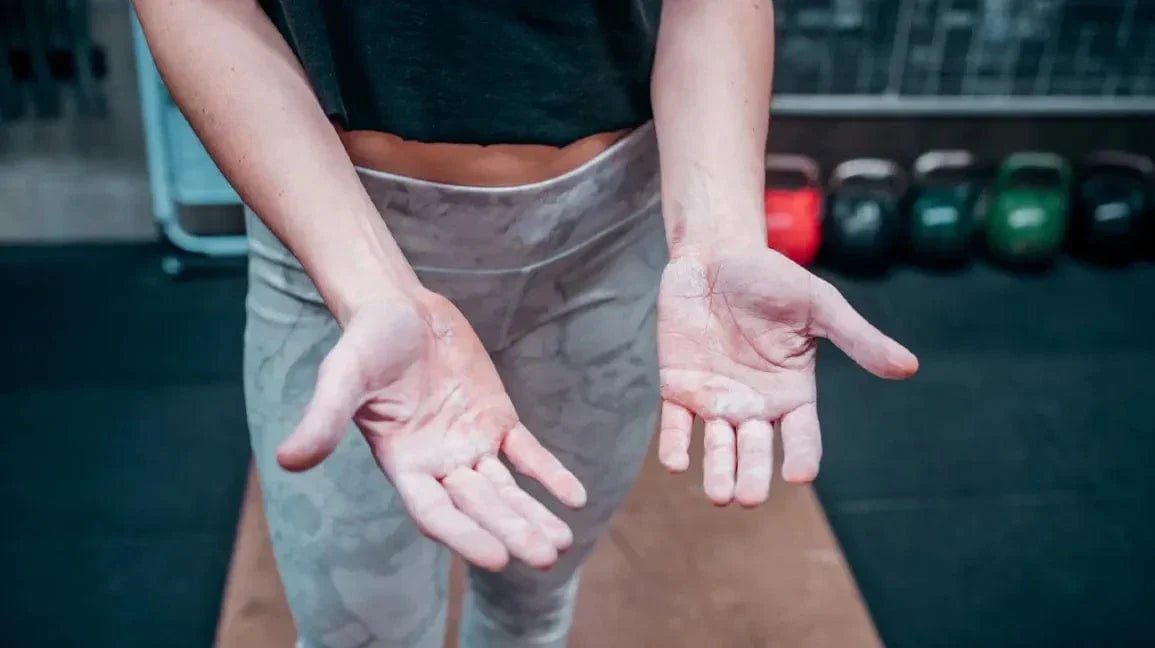Callus tape has become an essential tool for athletes, fitness enthusiasts, and anyone whose hands take a beating from repetitive gripping activities. Whether you're dealing with existing calluses, trying to prevent new ones, or protecting cuts and tears, callus tape offers a practical solution that keeps you training and performing at your best.
Understanding the Need for Callus Tape
Calluses form naturally as the body's defense mechanism against repeated friction and pressure. While some callus development is normal and even beneficial for regular exercisers, problematic calluses can tear, bleed, and become painful obstacles to training. This is where callus tape becomes invaluable.
Activities like weightlifting, CrossFit, gymnastics, rock climbing, and rowing commonly lead to hand calluses. The constant gripping and re-gripping of bars, rings, ropes, and holds creates friction that builds calluses over time. Without proper protection, these calluses can tear during intense training sessions, leading to painful injuries that can sideline athletes for days or weeks.
Traditional Approaches to Callus Tape Application
Standard callus tape application involves strategic placement over high-friction areas before they become problematic. Most athletes apply callus tape across the palm where the fingers meet the hand, creating a barrier between skin and equipment.
The key to effective callus tape use lies in proper application technique. The tape should be applied with appropriate tension – tight enough to stay in place but not so tight as to restrict circulation or movement. Pre-treating the skin with adhesive enhancers can improve callus tape longevity, especially during sweaty workouts.
Many athletes make the mistake of applying callus tape only after calluses have already formed and become problematic. Preventive application is far more effective, creating a protective barrier before damage occurs.
Common Issues with Traditional Callus Tape
While callus tape is effective, traditional applications come with challenges. Standard tape can bunch up, create pressure points, or lose adhesion during intense workouts. The bulk of multiple tape layers can interfere with grip and reduce tactile feedback, particularly important for activities requiring precise hand positioning.
Skin irritation from adhesives is another concern for frequent callus tape users. Some individuals develop sensitivity to tape adhesives, leading to redness, itching, and discomfort that can be worse than the original callus problem.
Advanced Callus Tape Strategies
Experienced athletes often develop personalized callus tape systems based on their specific activities and hand anatomy. Gymnasts may use different techniques than powerlifters, adapting callus tape application to their sport's unique demands.
Some athletes combine callus tape with other protective measures like grip aids or specialized gloves. Others prefer minimalist approaches, using callus tape only on the most vulnerable areas while maintaining as much natural grip feel as possible.
Shadowz Grips: A Revolutionary Callus Tape Alternative
While traditional callus tape serves its purpose, innovative solutions are changing how athletes approach hand protection. Shadowz grips represent a breakthrough in callus tape technology, offering a simple yet effective way to prevent calluses, protect cuts, and enhance grip simultaneously.
Unlike traditional callus tape that simply covers problem areas, Shadowz grips feature athletic tape with an integrated silicone layer that addresses multiple concerns at once. The silicone component provides superior grip enhancement while the tape offers the callus protection athletes need.
This innovative callus tape solution eliminates many traditional application challenges. The integrated design means no separate grip aids or multiple layers of tape. Athletes get callus protection, cut coverage, and grip enhancement in one streamlined application.
For those dealing with existing callus tears or cuts, Shadowz grips provide protective coverage while the silicone layer helps maintain grip performance even over damaged skin. This allows athletes to continue training while their hands heal, rather than taking extended breaks from activity.
Choosing the Right Callus Tape Approach
The best callus tape strategy depends on your specific activities, skin sensitivity, and performance requirements. Consider factors like workout intensity, duration, and grip requirements when selecting your approach.
Beginners should start conservatively, using callus tape preventively rather than waiting for problems to develop. Experienced athletes may benefit from more sophisticated solutions that combine protection with performance enhancement.
Maintenance and Best Practices
Proper callus tape care extends beyond application. Clean removal techniques prevent skin damage, while proper skin care between applications maintains hand health. Regular assessment of callus development helps adjust protection strategies as needed.
Conclusion
Callus tape remains an essential tool for serious athletes and fitness enthusiasts. Whether you choose traditional application methods or explore innovative solutions like Shadowz grips, the key is finding an approach that provides reliable protection without compromising performance. With the right callus tape strategy, you can train harder, longer, and more consistently while keeping your hands healthy and functional.





